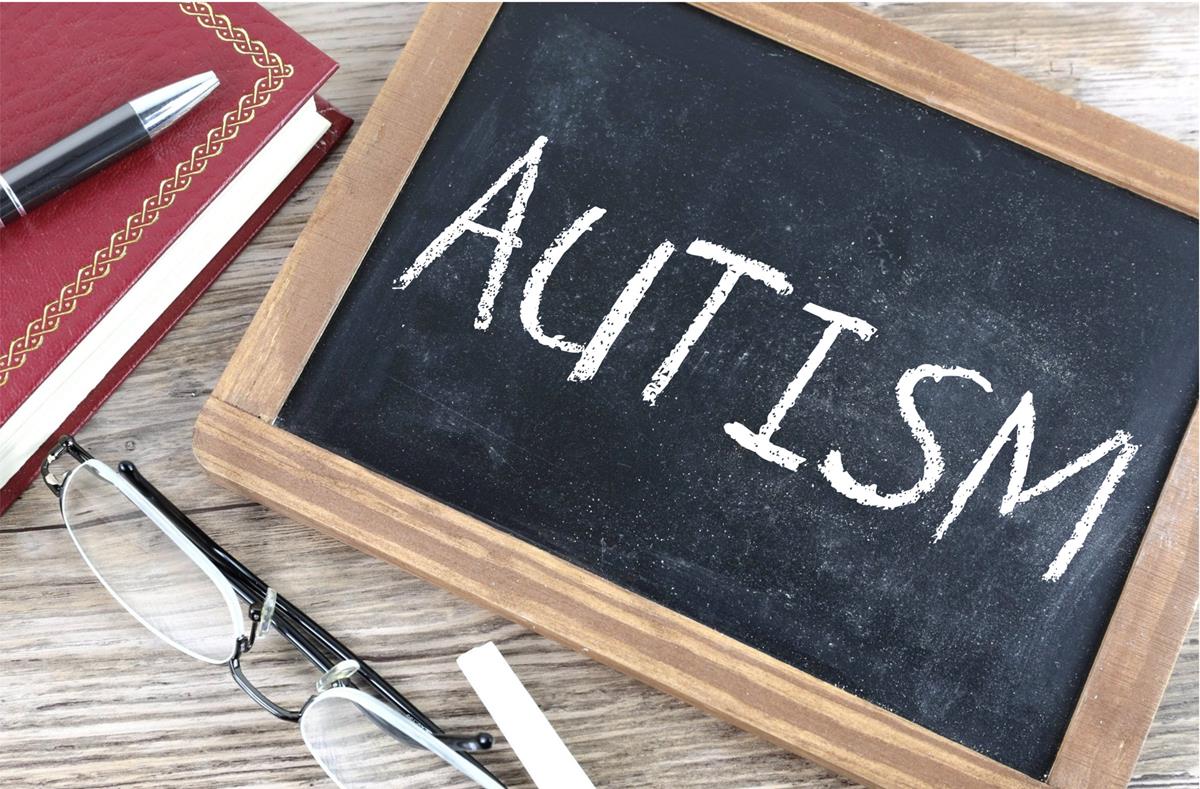According to WebMD, autism—also known as autism spectrum disorder (ASD)—is a lifelong condition that affects a person’s development, communication, and behavior. Contrary to popular belief, autism is not a single disease but has many different types. Autism is a spectrum disorder, meaning it has different degrees of severity and affects people differently. Symptoms of autism generally appear when a child is two to three years old, although it could appear earlier. Diagnosis of ASD usually takes two steps. Developmental screenings at regular checkups, when a child is nine, eighteen, or twenty-four months old, can tell if a child is learning basic language, behavioral, and motor skills normally. If a child shows a problem on these screenings, they will undergo a complete evaluation that might involve tests from a child psychologist or developmental pediatrician.
There are varieties of treatments for autism, however, generally, the earlier the treatment starts, the better the outcome. Most treatments begin when a child is first diagnosed. According to an article from the Autism Science Foundation, the most effective interventions available are generally based on the principles of applied behavior analysis (ABA), a broad term for therapies based on behavioral science. ABA therapies emphasize reinforcing positive behaviors that lead to skill development across numerous domains. The therapies break down a complicated task or behavior into manageable steps, promoting effective learning. Generally, reinforcements such as preferred snacks or break times are given to the child when they display the desired behavior. Different types of therapies based on ABA include Early Intensive Behavioral Intervention (EIBI), Pivotal Response Training (PRT), and Early Start Denver Model (ESDM).
EIBI is a highly structured intervention for very young children with ASD (less than five years old). It is implemented twenty to forty hours per week and only involves the child and another adult, who is generally a trained professional in the field or therapist. “While more research needs to be done, EIBI may support children with autism to develop adaptive behavior skills, expressive and receptive language, and academic skills,” said Undivided. Similar to other ABA-based therapies, EIBI involves reinforcing positive behaviors with rewards and treats and discouraging unwanted behaviors by not giving any positive reinforcements. EIBI places specific emphasis on communication, social, daily living, cognitive, and academic skills, according to KOTM.
PRT, on the other hand, offers a more flexible approach than EIBI, making it suitable for children between two and sixteen years old. Instead of having a therapist dictate the activities and skills for a session, the child is able to focus on their interests and goals, fostering motivation and self-initiative. According to Verywell Health, “What makes PRT different from [other therapies based on] ABA is that it focuses on pivotal areas of a child’s development rather than targeting specific behaviors.” PRT targets four major areas: motivation, initiation of social interactions, response to multiple cues, and self-management. These encourage the child to increase their motivation to learn, initiate conversations by themselves, and manage their behaviors. Like EIBI, PRT reinforces a child’s desired behavior by providing snacks, entertainment, and breaks.
Finally, ESDM is a hybrid therapy between EIBI and PRT, allowing for both structured and flexible sessions. Therapy can be provided by either licensed professionals or parents. ESDM is generally used for infants and toddlers with autism between the ages of one and five. According to Undivided, “One significant difference between ESDM and other models is that therapists may have multiple goals per activity… In ESDM, the child may be simultaneously learning about color, what a triangle is, and [asked] to repeat the words ‘triangle’ or ‘blue.’” While ESDM does build off the principles of ABA, there is a disagreement as to whether ESDM is a specific type of ABA or a blend of ABA and other philosophies.
According to Cross River Therapy, ABA-based therapies generally stop after the child has completed two to three years of intensive therapy followed by two to three additional years of a more focused approach. However, this does not mean the child should stop treatment. Since autism is a life-long condition, it is important for people to still seek out other forms of support as they gain further knowledge to support themselves in the real world. Effective treatments for individuals with autism of any age include physical therapy, occupational therapy, and speech therapy. While early intervention is beneficial, people can have significant improvements from these therapies and interventions at any age.








